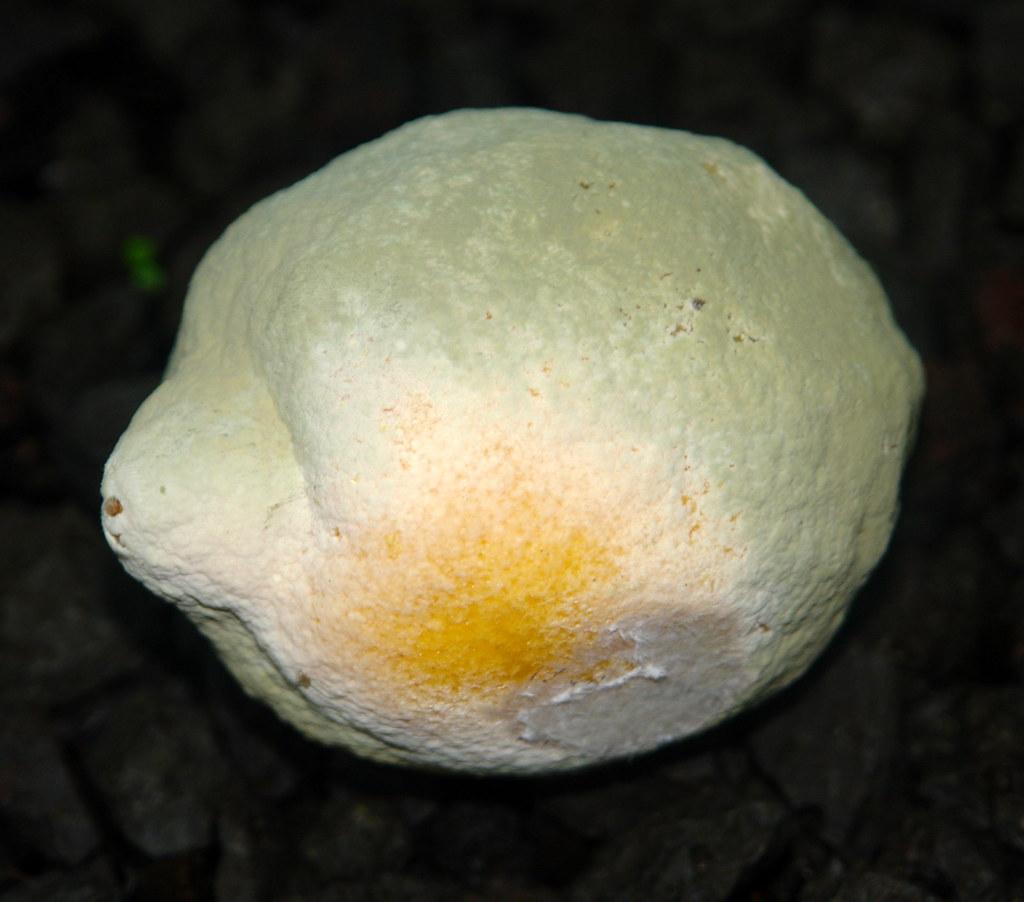
Blue mold rot
Penicillium spp.
What is Blue mold (Penicillium spp.)?
Blue mold (Penicillium spp.) is a fungal disease that affects various fruits and vegetables. It is widely distributed and can infect plants such as citrus fruits, apples, pears, grapes, onions, garlic and others. The disease thrives in environments with high humidity and temperatures around 70-77°F (21-25°C). Initial symptoms include water-soaked or pale-yellow areas on the plant surface, followed by the development of a green to blue-green powdery mold. Infected fruits become soft, and watery, and develop a foul odor, making them unsuitable for consumption. Advanced stages lead to rot and disintegration of infected tissues.
How does Blue mold (Penicillium spp.) occurs?
Blue mold (Penicillium spp.) reproduces through spores, which are the primary means of dissemination and infection. The fungus produces abundant spores that are easily dispersed through air currents, water droplets, or contact with contaminated surfaces. These spores can enter fruits or vegetables through wounds, cracks, or damaged areas. Once inside, they germinate and develop mycelium, which spreads within the host tissues. As the mycelium grows, it produces more spores, leading to further spread and infection of nearby plants. This reproductive cycle allows the fungus to propagate and continue its life cycle.
Symptoms
1 - Impacts on Plants
Blue mold rot causes fruit decay, resulting in reduced quality, texture, and taste. Fruit growers and distributors face significant economic losses due to decreased market value and increased post-harvest waste caused by this rot.
2 - Ecological Balance
• Blue mold disrupts the ecological balance by causing disease outbreaks, impacting the health and survival of fruit plants. • Organisms relying on fruits may face reduced food availability due to blue mold-infected fruits, affecting their populations and interactions in the ecosystem.
Solutions
1 - Preventions
• Minimize fruit injuries and wounds during harvesting and handling processes to reduce entry points for the fungus. • Promptly cure fruits after harvest to ensure dry necks and minimize the moisture that promotes fungal growth. • Store fruits at optimal temperatures and humidity levels to inhibit fungal development. Maintain good air circulation to prevent moisture buildup. • Regularly inspect stored fruits and remove any infected ones to prevent the spread of the disease.
2 - Treatment
• Fungicide Application: Some commonly used fungicides for controlling blue mold rot (Penicillium spp.) include Thiabendazole, Imazalil, Pyrimethanil, and Sodium bicarbonate. • It is essential to carefully read and follow the instructions on the fungicide labels, including dosage, timing, and safety precautions.
